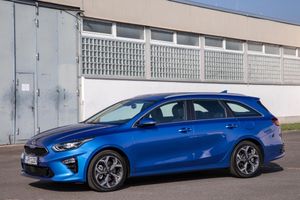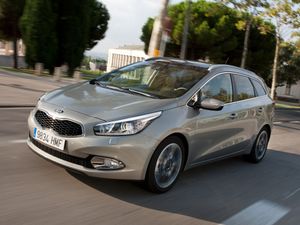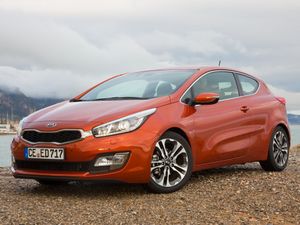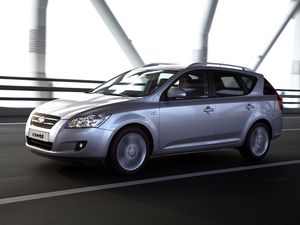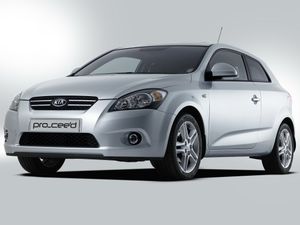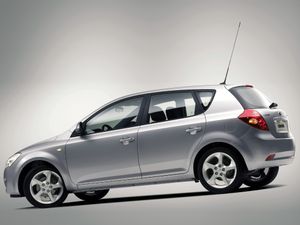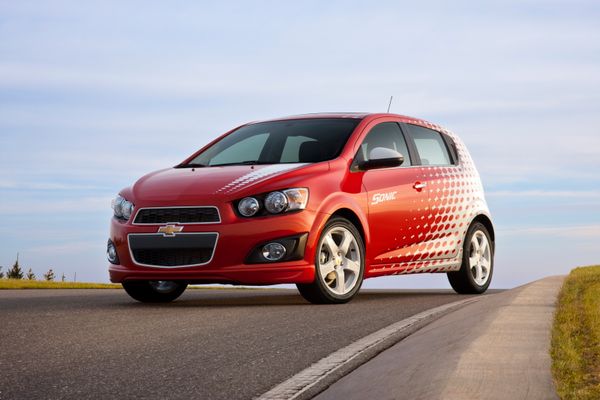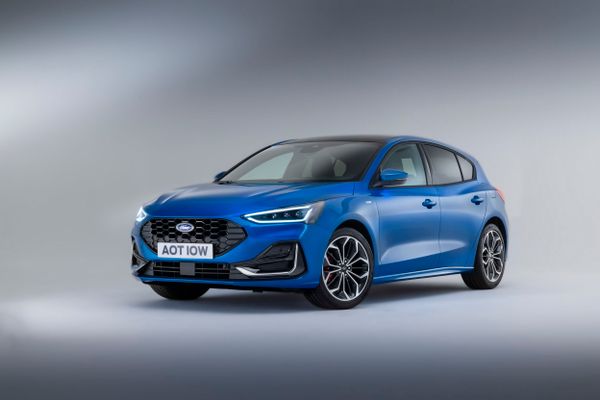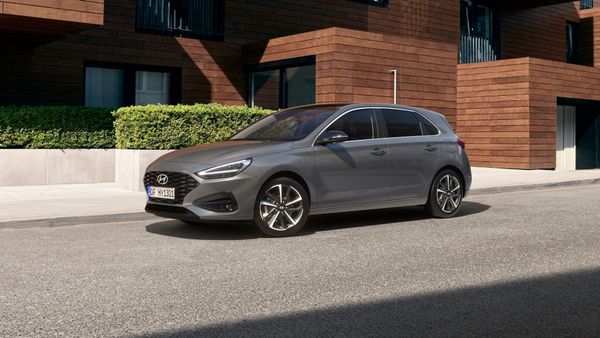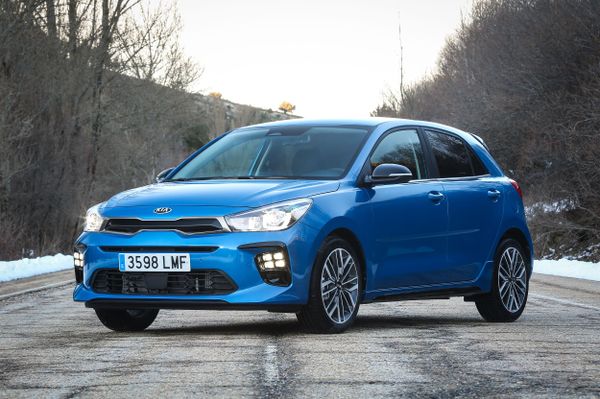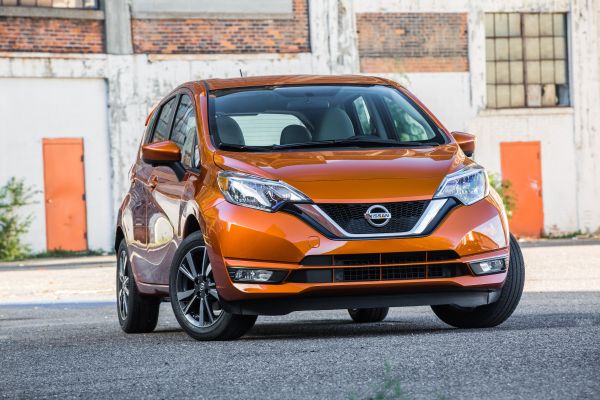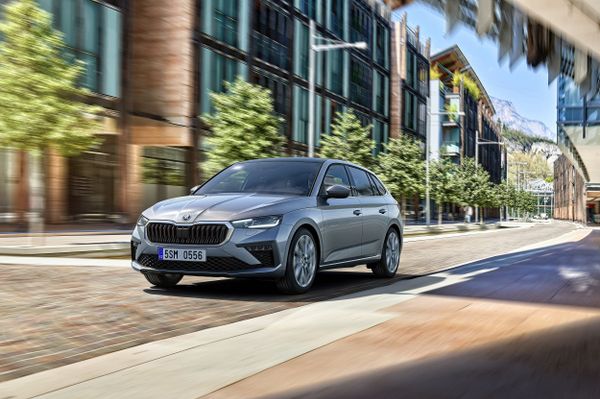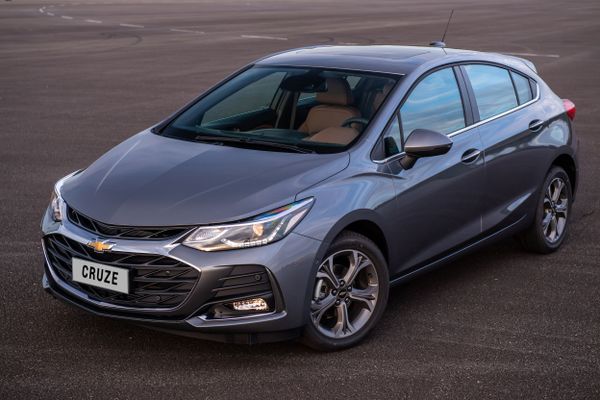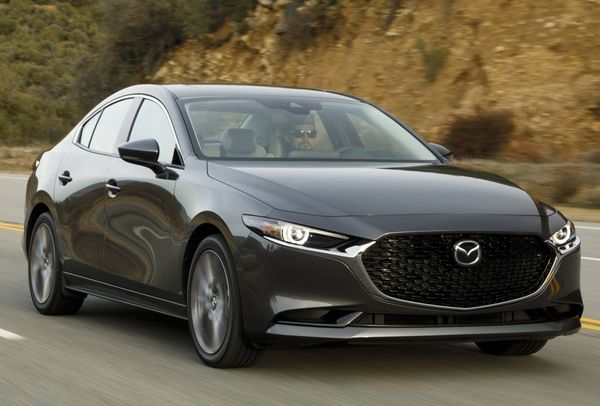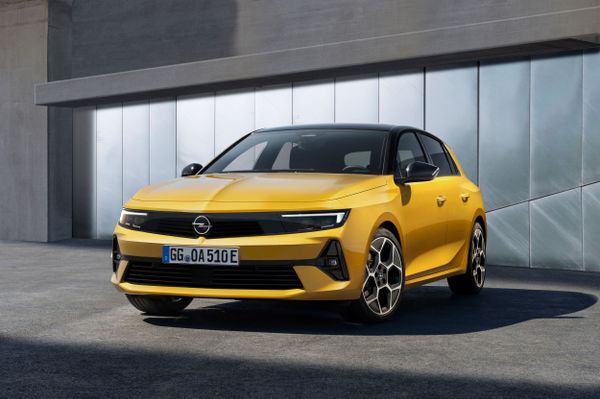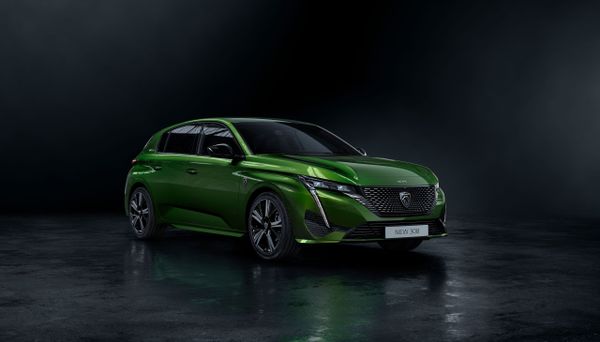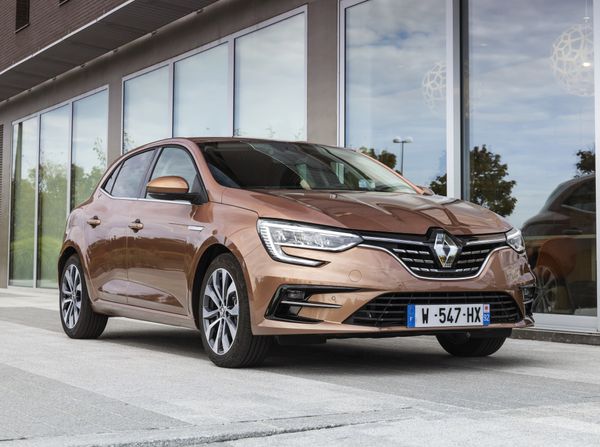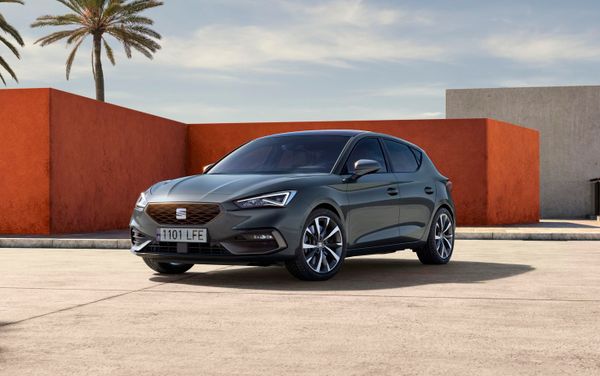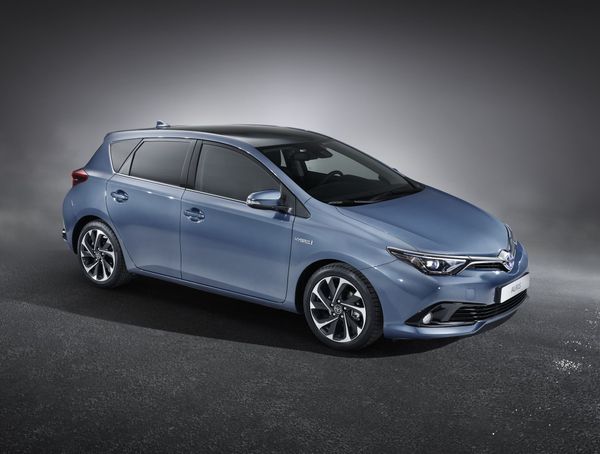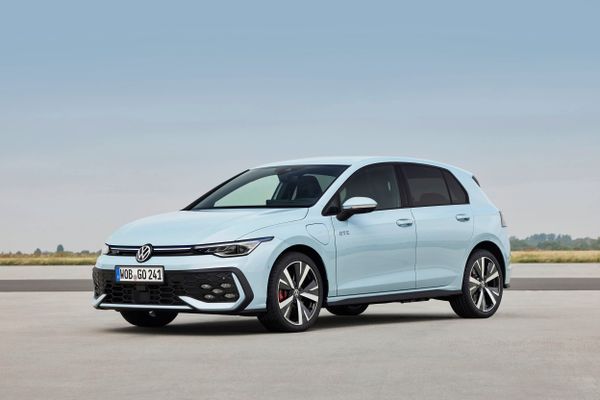Kia Ceed - catalog and technical specifications
Years of manufacture Kia Ceed
Generations Kia Ceed
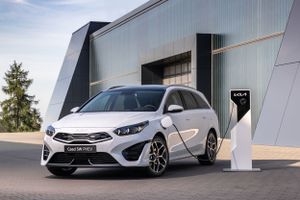
(08.2021 - now)
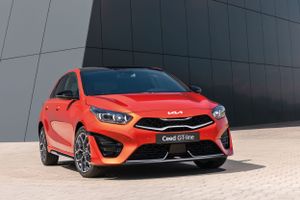
(08.2021 - now)
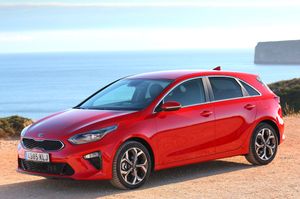
(02.2018 - 07.2021)
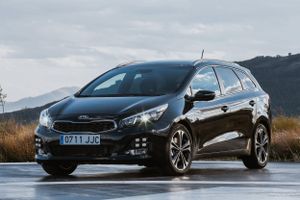
(06.2015 - 11.2018)
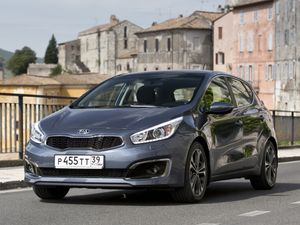
(06.2015 - 07.2018)
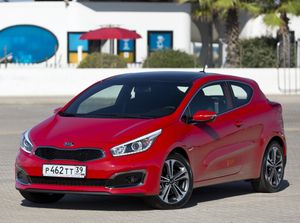
(01.2015 - 12.2018)
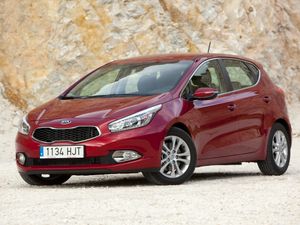
(04.2012 - 01.2016)
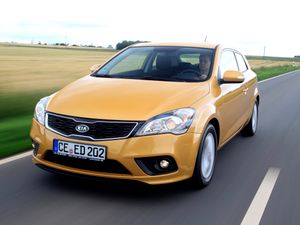
(01.2010 - 01.2013)
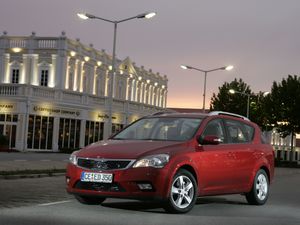
(09.2009 - 01.2013)
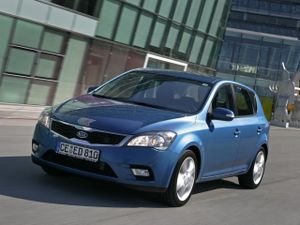
(09.2009 - 01.2013)
Comparison of Kia Ceed with other cars
Similar cars to Kia Ceed
The Kia Ceed is one of the most popular models from the South Korean brand Kia. On the show Top Gear, the Ceed was dubbed the "Star of budget cars," and it has repeatedly been recognized as the "Car of the Year," described as the "Best Estate," "Best Hatchback," and "Family Car of the Year" in various European countries. As a result, the Kia Ceed, initially designed with the European market in mind, has found great success in Israel.
Purchasing a Kia Ceed in Israel provides an opportunity to own an excellent city car, which perfectly combines compact dimensions, ideal for parking on the narrow streets of Israel's large cities, with a spacious interior that ensures both you and your passengers travel in comfort.
This compact front-wheel-drive car has been in production since 2006, available in both hatchback and estate variants. Based on European crash test results, the first-generation Kia Cee'd was awarded 5 out of 5 stars, thanks to a unique body construction that absorbs energy from seven directions.
The second-generation Kia Ceed was introduced in early 2012. The car grew in length, featured modern electronics, an exclusive SmartKey system that greets the owner, and a driving mode selector, with "comfort" for traffic jams or narrow streets, "normal" for relaxed countryside drives, and "sport" for spirited driving and sharp handling.
The third generation made its debut in 2018, undergoing an update in 2021. This is the version of the Kia Ceed that is currently relevant in the Israeli market for 2023. The redesign has given the Ceed family's hatchbacks and estates a brighter and more dynamic appearance. LED daytime running lights now resemble three small vertically aligned boomerangs. The car showcases Kia's new logo and new alloy wheel designs (17 or 18 inches). The color palette, which previously consisted of 13 body shades, has now been expanded by 4 especially trendy colors. The comprehensive Drive Wise electronic assistant package is supplemented with a lane-keeping assistant and an automatic rear braking system.
The front seats of the 2023 Kia Ceed come with heating and ventilation, while the rear seats have heating. The car features dual-zone automatic climate control. The dashboard is equipped with a 12.3-inch screen, and the multimedia system boasts a large 10.25-inch display.
In Israel, the 2023 Kia Ceed is available in a mild-hybrid version with a 1.5-liter turbocharged petrol engine producing 160 hp, as well as a 1.6-liter turbodiesel engine with an output of 136 hp. All models come with a 7-speed dual-clutch transmission and front-wheel drive.
Advantages of the Kia Ceed include reliability, longevity, excellent dynamics, smooth ride, and a great price-to-quality ratio. The car is suitable for both the bustling city pace and long journeys on Israel's highways.
The Kia Ceed is an excellent choice for Israel! Confidence in every mile traveled!
